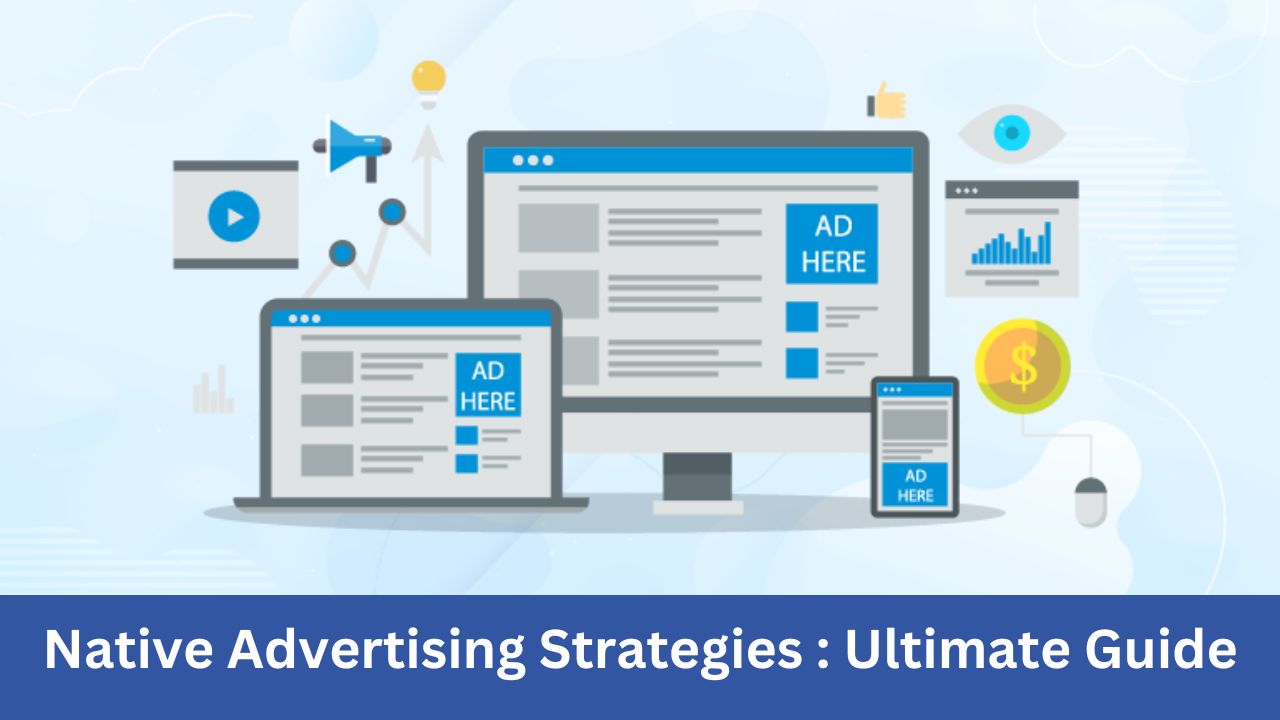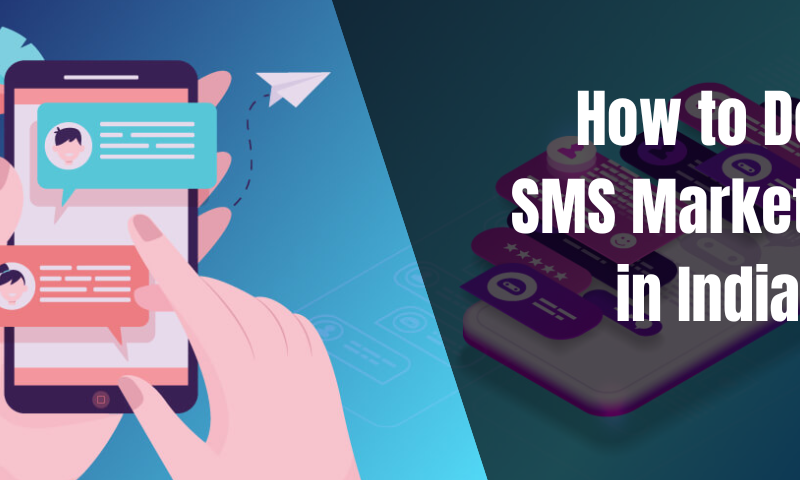
Native Advertising Strategies : Ultimate Guide
Native ads tend to blend in seamlessly with their surrounding content, whether it’s in a printed publication, a website or social media. This makes them more likely to be read, clicked and shared by the audience. Native ads are content-based and should offer something that is valuable in and of itself. This means brands can focus on substantive engagement like comments and shares.
Native advertising allows advertisers and creative advertising agencies to create ads that are highly relevant to readers, so they are more likely to be clicked and shared, and it can be less expensive than other forms of online advertising, especially when it is done on publisher sites.
Hence, looking at the benefits that native advertising can bring to a brand, marketers must chalk out a proper strategy to execute it with efficiency. Let’s look at some of the strategies that can help brands reach the desired goal.
*Create specific goals: Any strategy is half-baked if there are no specific goals to begin with. Creating goals can channelise the efforts towards the right direction and eventually gain profit. Hence, marketers should start their native advertising strategy by creating SMART goals. These are specific, measurable, attainable, realistic, and time-bound goals that will give the right direction for the native advertising strategy and provide benchmarks for success. Some common content marketing goals that translate well for native advertising include:
- Increasing brand awareness
- Attracting more traffic
- Generating more leads
- Increasing sales
- Improving customer loyalty
Therefore, after deciding the overarching objective, one can use the SMART criteria to add a quantifiable target and timeframe for reaching that goal.
*Understand the audience: To create an effective native advertising campaign, marketers need to first identify who they are trying to reach with the ads. To do so, using the SMART goals to determine which segment of the audience fits the objectives can be helpful. Brands should identify where those consumers are in the marketing funnel, what their needs are, how much they know about a certain business, and how the brand can help them. To find this information, one can collect first-party data through website analytics, online research, and customer surveys. These resources all provide an inside look at the motivators behind the consumers’ behaviours. Also, while creating the native ads, marketers must use language that the buyers will understand. Additionally, one can address potential buyers personally, and customize the content for their needs accordingly.
*Be non-disruptive: Native ads are designed to fit into whatever platform or site they’re on, which can encourage users to engage with the content rather than glancing over what they perceive as a more intrusive advertisement.
*Be authentic: One of the most important things to remember when creating native advertising is authenticity. Authentic content inspires trust and engagement. Authenticity is also the key to getting readers to click through to the website and make purchases. In fact, an authentic voice should be the basis for all the marketing efforts, not just native advertising.
*Create metrics: Establishing metrics can tell brands when they have reached their goals. Without metrics, there will be no idea whether brands are making smart advertising investments or achieving the target ROI. However, most marketers can’t rely on quantitative metrics alone for tracking their content’s success. It’s important to remember that the content marketing process is long, and a customer’s lifetime value is far greater than a single purchase. Therefore, a customer’s actual monetary value isn’t as easy to identify as tracking their purchases. It also includes positive feedback they leave, their touchpoints, and their loyalty, as all of these results can lead to more revenue over time. These are qualitative metrics and require different methods for tracking. Some metrics that can be used to monitor the qualitative native advertising results include:
- Engagement rate
- Net new leads
- Impressions
- Sales or conversions
*Understanding the context: For the native ads to be effective, they must also be contextually relevant. Understanding the context starts with finding a publisher that reaches the target audience. It is important to find the right fit and have contextually relevant ads targeting the publishing site’s readers.
*Customer centric strategy: It is noted that approximately 58% of businesses say that being customer-centric is the most important characteristic of digitally native culture. A customer-centric strategy has notably three parts. They are: understanding the customer, personalizing the approach for the customers, and collecting feedback. When these three pieces are put together, one can have a framework for building a strategy that puts customers at the heart of the motives and actions. A customer-centric business increases customer satisfaction, engagement, and conversion.
*Improve the browsing experience: Approximately 25% of visitors will leave a page if it takes longer than four seconds to load. Unfortunately, that is the hard truth! In addition, 46% won’t return to a website if it doesn’t perform well. Therefore, every second the page takes to load also reduces the customer’s satisfaction rate. Hence, to improve the customer experience with the native ads, marketers should use publishers, platforms, and content that loads quickly and efficiently. In addition, marketers should make sure that all the content is clear and optimized for different browsing experiences, whether the readers are on their smartphones or desktop. This means minimizing pop-ups, overlaying text, and difficult-to-read words.
*High-quality content: Advertisers that are willing to invest more into their advertising will be rewarded with more leads and positive feedback. To see positive results, one must create content that captures the readers’ attention, leads them to the call-to-action, and motivates them to accept the offer. This starts with quality content. The more you invest in these areas, the more likely customers will be to respond to your offers.
*Engaging content: Study shows approximately 80% of customers agree that a company’s brand experience is equally important as their products. Creating engaging content improves the brand experience. Marketers can enhance a customer’s experience through striking visuals, videos, quizzes, polls, and interesting content. Customers who have a positive experience are more likely to interact with the content through likes, shares, and comments. Tracking these interactions is another way to measure your engagement rate and assess the effectiveness of your native ad.
*Capture reader’s attention: Paying for the ad’s placement doesn’t guarantee clicks. If marketers want to garner attention on the content into quality leads, they can start with capturing their attention through headlines. The most successful headlines are two to seven words long, although headlines between six and fifteen words also perform well on occasion. It should also be kept in mind that it is simple enough for readers to understand just by glancing at the text. In addition to the headline, snippets can be created. Additionally, subheadings, and images for the publisher’s site to attract readers can work wonders.
*Keep the bigger picture in mind: All these strategies have one common thread and that is optimizing the customer experience. Native advertising strategy isn’t about a single ad or making individual sales. Rather, the ads are part of a larger objective. The ultimate goal is to cultivate a positive relationship with the audience so they continue purchasing from the brand, promoting the brand, and leaving with a positive impression. Hence, to maximize the return from the native ads, focus on the larger strategy is imperative. Better results can be seen when brands also invest in lead nurturing strategies and open channels for the readers to submit feedback so that one can continually optimize the native advertising strategy.



